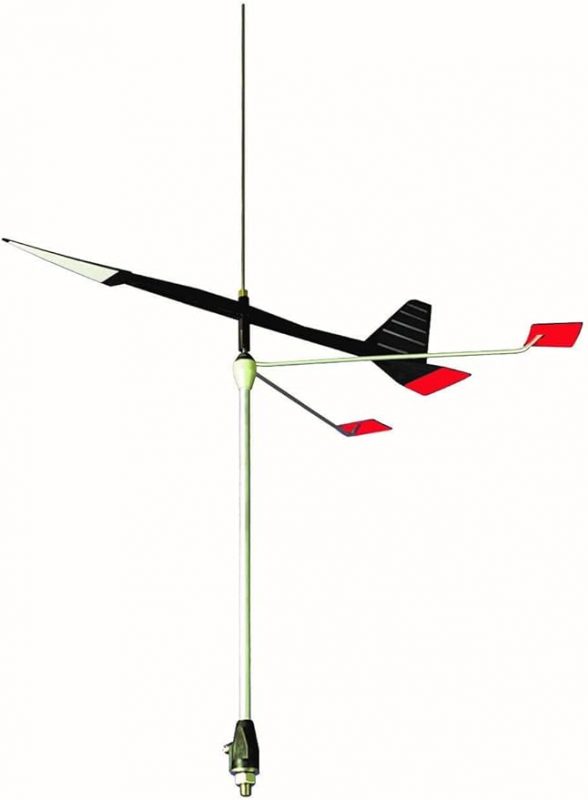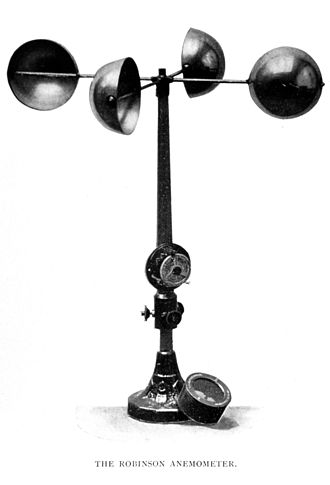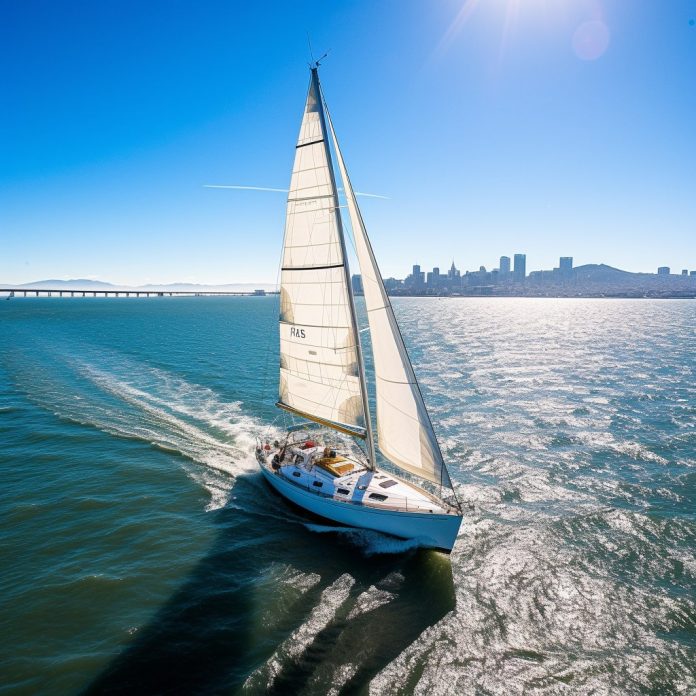Sailing is a dance with the elements, and understanding the wind is fundamental to mastering this art. Whether you’re a seasoned sailor or just starting out, the ability to read the wind is a skill that can take your sailing experience to new heights. In this guide, we’ll explore both traditional and technical methods to help you become a proficient wind reader.
Reading the wind is a crucial skill in sailing, especially when using traditional methods. Here are some traditional methods sailors use to read the wind:
- Wind Feel:
– Face the Wind: Turn your body so that the wind is hitting you directly in the face. This allows you to feel the wind direction.
2. Telltales:
– Streamer or Wool: Attach a streamer or a piece of wool to your boat. It will show you the wind’s direction and strength.
– Windex: A Windex is a popular wind indicator that is often mounted at the top of a mast. It has an arrow that points into the wind.

3. Flags and Pennants:
– Yacht Ensign: If you’re on a yacht, observe the yacht ensign. It should be flown from the stern and will show you the wind direction.
4. Sea Surface Observations:
– Ripples and Waves: Look at the water’s surface. Ripples and waves on the water can indicate the wind’s direction and strength.
5. Smoke and Spray:
– Smoke: If you’re near land, look for smoke rising from chimneys or campfires. It will give you an indication of the wind’s direction.
– Spray: Observe any spray or mist coming off the water. It will generally move with the wind.
6. Cloud Observations:
– Cumulus Clouds: Watch for cumulus clouds. They often form perpendicular to the wind direction.
– Windward and Leeward Clouds: Look for differences in cloud formations on the windward (where the wind is coming from) and leeward (where the wind is going) sides.
7. Land and Vegetation:
– Trees and Vegetation: Observe the movement of leaves and branches. They can give you a good indication of wind strength.
8. Birds and Wildlife:
– Bird Flight: Birds tend to fly into the wind. Observing their flight patterns can give you clues about wind direction.
9. Using a Wind Vane:
– Traditional Wind Vanes: Some traditional boats have wind vanes. These are physical devices that align with the wind direction.
10. Compass and Sailing By the Lee:
– Compass: If you have a compass on board, use it in conjunction with other indicators to get a precise reading.
– Sailing By the Lee: This is a technique where you sail almost directly downwind. The boom is eased out to the opposite side of the boat from the mainsail. This can give you an idea of wind direction.
Remember, these methods are often used in combination. Sailors continuously assess various indicators to get a comprehensive understanding of wind conditions. It’s also important to consider local conditions, as wind patterns can vary based on geography and topography. Practice and experience are key to becoming proficient in reading the wind.
Reading the wind using technical methods involves using instruments and technology designed to provide accurate and detailed information about wind conditions. Here are some common technical methods used in sailing:
1. Anemometer:

– An anemometer measures wind speed. It typically consists of cups mounted on a rotating arm. As the wind blows, the cups rotate, and the speed is displayed on a gauge. You can find out more in our Comprehensive Guide: Selecting the Perfect Anemometer
2. Wind Vane (or Wind Direction Sensor):
– A wind vane measures wind direction. It consists of a pointer that aligns itself with the wind. Modern versions are often electronic and can provide precise readings.
3. Wind Instruments:
– Advanced sailing boats are equipped with wind instruments that combine anemometer and wind vane readings. They provide real-time information about both wind speed and direction.
4. Masthead Fly:
– This is a small wind vane or arrow mounted at the top of the mast. It provides visual indication of wind direction.
5. Wind Displays:
– Many boats have wind displays in the cockpit that show wind speed and direction. These displays are connected to sensors at the masthead.
6. GPS Units with Wind Data:
– Some advanced GPS units have the capability to provide wind information based on the boat’s movement and position.
7. Electronic Chartplotters:
– Some chartplotters have wind instruments integrated, providing a visual representation of wind conditions overlaid on navigation charts.
8. Weather Apps and Websites:
– Using weather apps and websites can provide detailed wind forecasts and real-time data for a specific location.
9. Satellite Communication Devices:
– These devices can provide access to weather information and forecasts even when out of range of traditional cellular networks.
10. AIS (Automatic Identification System):
– Some AIS transponders have the capability to receive and display wind information from nearby vessels.
11. Sailing Instruments Systems:
– These systems integrate various sensors (including wind sensors) and provide a comprehensive overview of sailing conditions.
12. Portable Wind Meters:
– These handheld devices provide accurate wind speed readings. While primarily used for windsurfing or kitesurfing, they can be useful on a sailboat.
When using technical methods, it’s important to regularly calibrate and verify the accuracy of the instruments. Additionally, having redundancy (multiple instruments providing the same information) can be crucial for safety in case one instrument malfunctions.
Remember, while technical methods offer precise data, traditional methods like observing sea conditions, cloud patterns, and wildlife behavior can still provide valuable context and confirmation.

